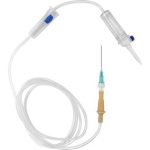
Types of serum injection sets
January 11, 2024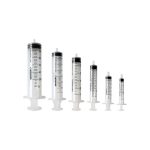
Types of syringes
January 11, 2024Types of surgical sutures
Surgical sutures, also known as stitches, are used to close wounds or incisions in surgical procedures. There are various types of surgical sutures, each designed for specific purposes. Sutures can be classified based on material, structure, and absorbability. Here are common types:
1. **Absorbable Sutures:**
– **Polyglactin (Vicryl):** A synthetic absorbable suture made of a copolymer of glycolide and lactide. It is commonly used for soft tissue approximation and has good handling characteristics.
– **Polyglycolic Acid (PGA):** Another synthetic absorbable suture, often used in general surgery and subcuticular closures.
– **Poliglecaprone (Monocryl):** A synthetic absorbable monofilament suture with minimal tissue reaction, commonly used for various surgical procedures.
2. **Non-Absorbable Sutures:**
– **Silk Sutures:** Made from natural silk fibers, non-absorbable, and commonly used for skin closure. Silk sutures are braided, providing strength and ease of handling.
– **Nylon Sutures:** A synthetic non-absorbable monofilament suture with high tensile strength, commonly used in various surgical procedures.
– **Polypropylene (Prolene):** A synthetic non-absorbable monofilament suture with excellent tensile strength and minimal tissue reactivity. Commonly used in cardiovascular and ophthalmic surgeries.
– **Stainless Steel Wire:** Non-absorbable wire sutures used in orthopedic and certain cardiovascular procedures.
3. **Monofilament Sutures:**
– **Polypropylene (Prolene):** In addition to being non-absorbable, polypropylene is a monofilament suture that reduces tissue drag.
– **Polydioxanone (PDS):** A synthetic monofilament suture with a slow absorption profile, often used in soft tissue approximation.
4. **Braided Sutures:**
– **Silk Sutures:** Silk is a braided suture that provides strength and flexibility, making it easy to handle.
– **Polyglactin (Vicryl):** A braided absorbable suture, known for its versatility and ease of use.
5. **Barbed Sutures:**
– **Barbed Sutures:** These sutures have small projections along their length, eliminating the need for traditional knot tying. They are commonly used in minimally invasive surgeries and for tissue approximation.
6. **Fast Absorbing Sutures:**
– **Fast Absorbing Gut (PGA):** A variant of polyglycolic acid that is rapidly absorbed by the body, suitable for tissues that require minimal support.
7. **Composite Sutures:**
– **Polyblend Sutures:** Combining different materials, such as a mixture of absorbable and non-absorbable components, to achieve specific properties.
8. **Skin Closure Sutures:**
– **Dermalon Sutures:** A monofilament suture often used for skin closure due to its smooth surface and minimal tissue drag.
9. **Ophthalmic Sutures:**
– **Nylon Sutures:** Commonly used in ophthalmic surgeries due to their fine size and flexibility.
The choice of suture depends on factors such as the type of tissue being sutured, the required tensile strength, the healing process, and the surgeon’s preference. Surgeons carefully select the appropriate suture material and structure to promote optimal wound healing and minimize tissue reactions.


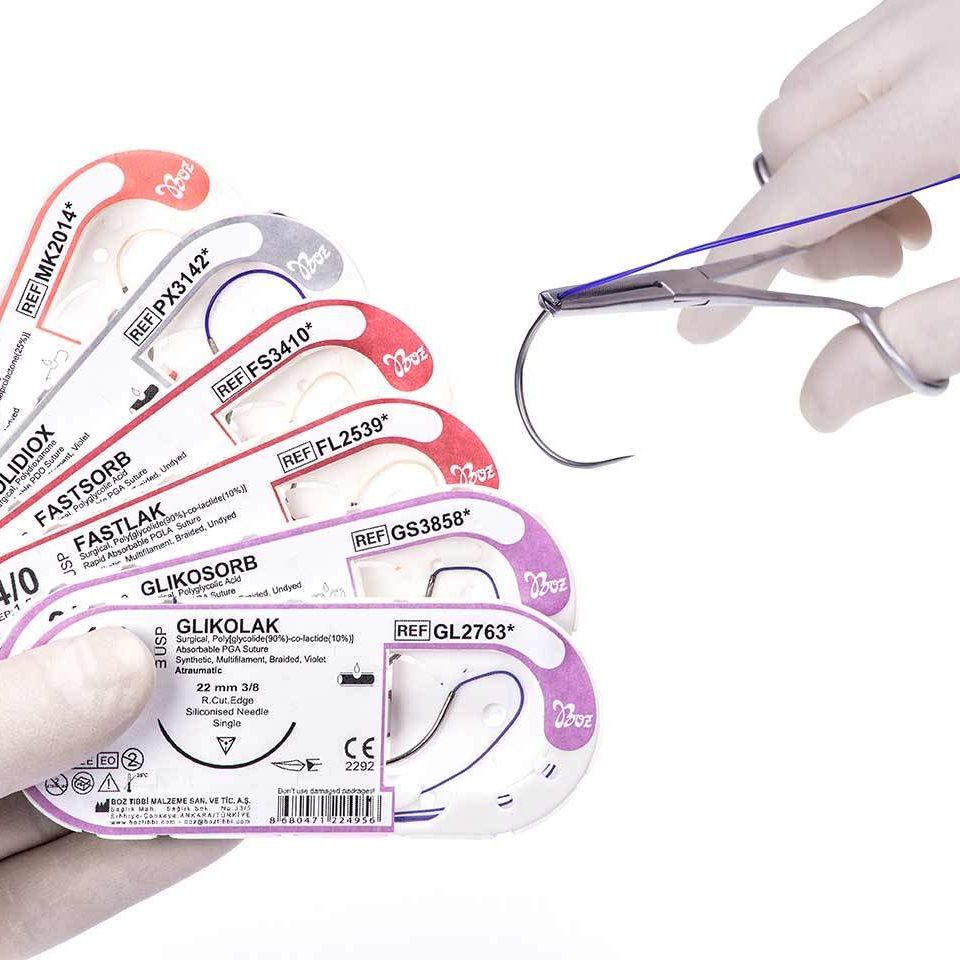
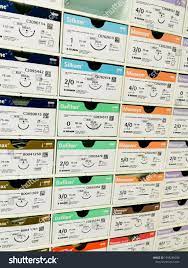
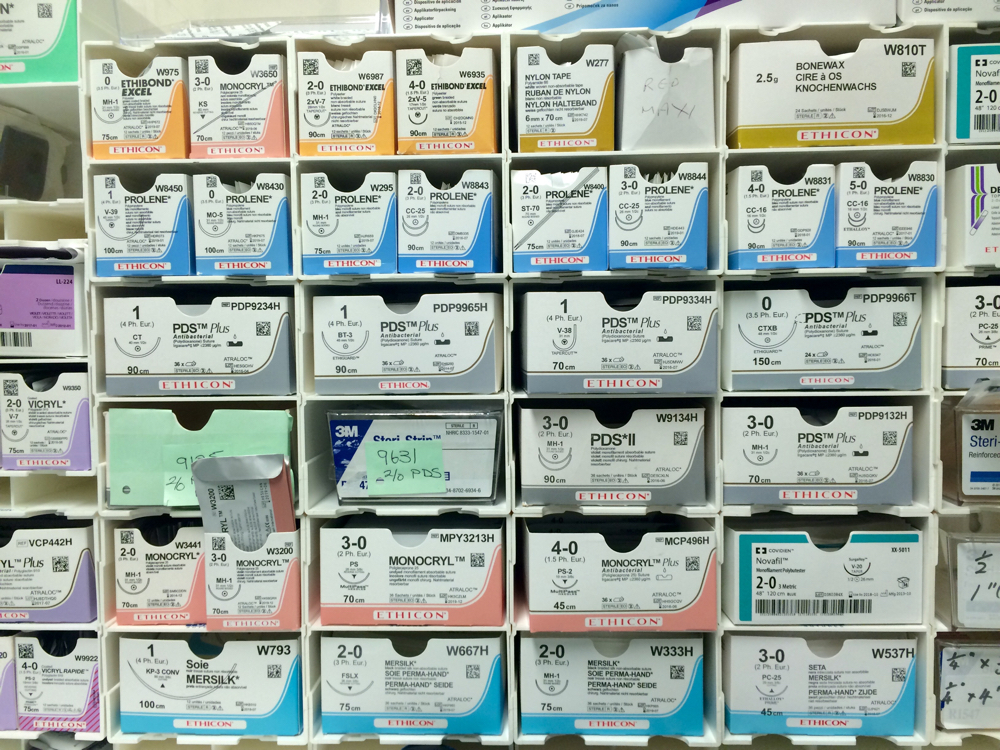
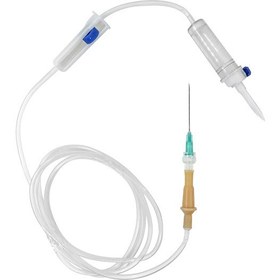
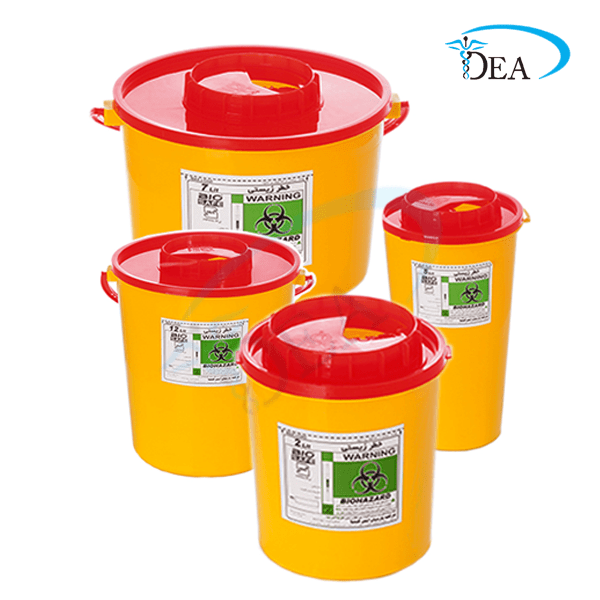
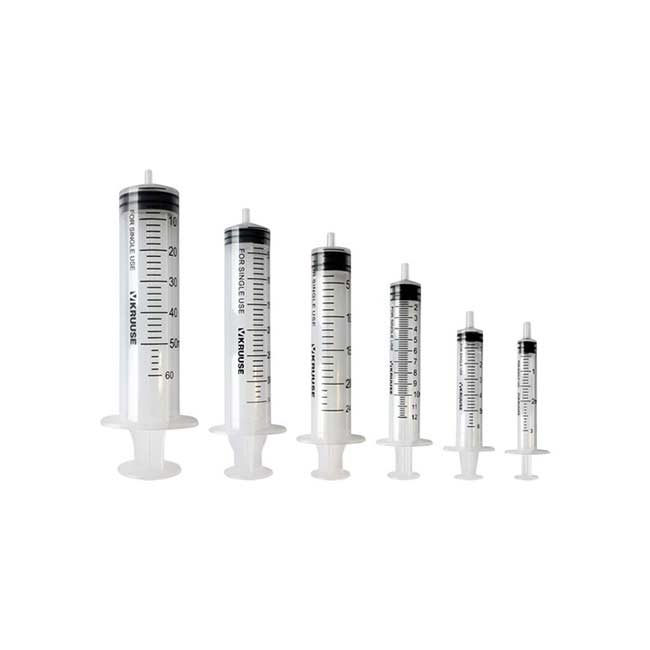
Reviews
There are no reviews yet.